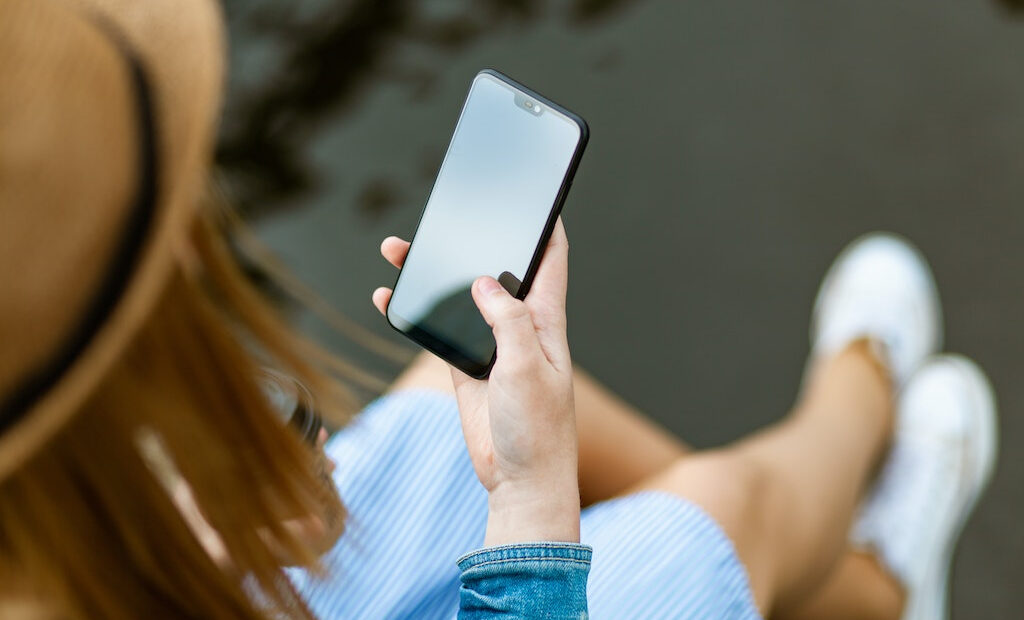Five changes to make to any smartphone for optimal security

The mobile phone contains a huge amount of information about its owner. It is important to take the necessary precautions to prevent it from falling into the wrong hands.
A smartphone can contain the whole life of its owner – from WhatsApp (or Telegram) conversations to bank details or the phone numbers of colleagues, family and friends. That is why it is essential to take the necessary measures to prevent all this information from falling into the wrong hands. To make it easier to take this step and improve the security of a device, the National Institute of Cybersecurity (Incibe) has collected five tips to take into account.
Protect access
Today’s smartphones have a huge number of verification systems designed so that no one other than the owner of the device can use them. There are the classic numerical passwords, patterns, the fingerprint reader or, in the most recent models of both iPhone and Android, facial unlocking . Likewise, it is important to change the passwords of the digital services used, such as social networks or email, at least once every six months.
“A good password must be of considerable length and be intelligible. The user must not use in any case a word that has to do with him, such as a birth month or name. It should also have numbers, letters and special signs, such as asterisks or dollar signs,” says ethical hacker Deepak Daswani on best practices for security.
Children given access to mobile phones must be protected with parental control apps. The Internet is a door to many malicious websites and apps, and exposure at a young age may harm a child in the long run.
Must be updated
Updates of applications and operating systems are crucial to strengthen the security of the terminal. Normally, the new versions are accompanied by open gap solutions that can be exploited by cybercriminals.
For this reason, Incibe recommends not letting time pass and carrying out the corresponding update at the same time it is available. Likewise, as explained before, it is advisable to keep the services that we have installed on the “smartphone” duly protected through the use of strong passwords.
Must-have backups
Making backup copies allows users to protect their information and avoid losing it due to errors. On an Android device, it can be activated by going to Settings>Google>Backup>Create a backup. For an iPhone, users need to go to Settings>Name>Select device>iCloud backup. It should be remembered that neither Google nor Apple cloud services have end-to-end encryption, so the files that are stored could be visible to the companies.
Only download apps from official stores
Apps have helped to make many users’ lives easier. However, cybersecurity experts recommend being very careful before downloading them, since they can host viruses and steal control or information stored on the device. One of the most common techniques used by criminals working with apps is to fake popular platforms to get more downloads. That is why it is crucial to pay close attention to the fact that the version downloaded is the original one.
“This can be seen by checking the number of downloads, the reviews of other users or the syntax in the description,” Eusebio Nieva, technical director of the Check Point cybersecurity company, told this newspaper a few months ago. Likewise, the expert emphasises that it is essential to always download the applications from the official stores of the devices, be it the Google Play Store on Android, or the App Store on iOS.
Turn on two-step verification
With two-step verification (also called two-factor authentication), an account will have an extra layer of protection if the password is stolen. On Android, it can be activated by going to Settings>Google>Manage your Google account>Security>Two-step verification>Get started. iOS users should go to Settings>Name>Password and security>Activate two-step authentication>Continue.
The editorial unit























Facebook
Twitter
Instagram
YouTube
RSS